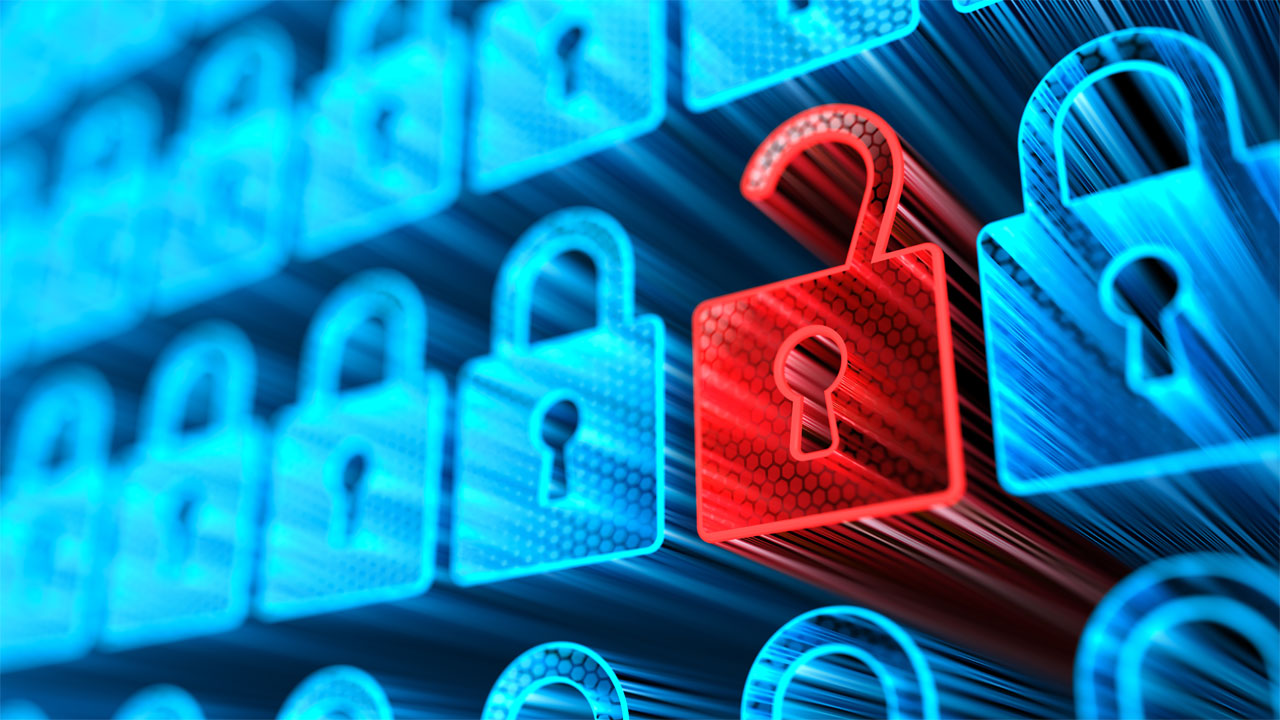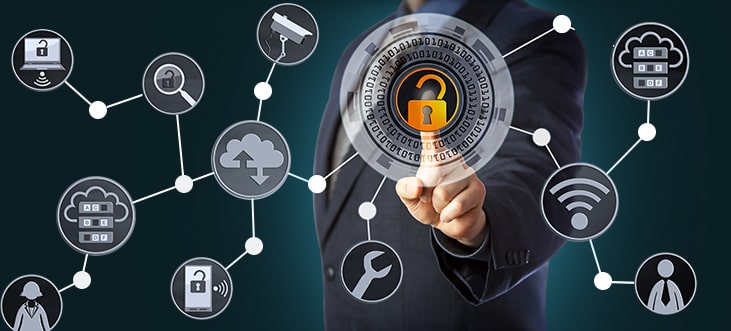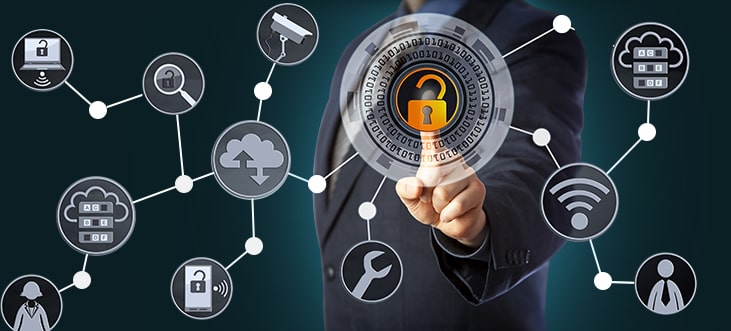Understanding Unified Threat Management: A Crucial Shield for Modern Businesses
In the dynamic and increasingly digital landscape of modern business, cybersecurity has become a cornerstone of operational integrity. As cyber threats evolve and multiply, the need for robust, comprehensive security solutions has never been more critical. Unified Threat Management (UTM) has emerged as a powerful and essential approach to safeguarding business infrastructure from a variety of cyber threats. In this blog, we will delve into understanding unified threat management and why your business should be acutely aware of its significance, and how to effectively implement it to protect your digital assets.
What is Unified Threat Management (UTM)?
Unified Threat Management (UTM) refers to an all-in-one security solution that integrates multiple security services and functions into a single platform. UTM solutions are designed to provide comprehensive protection against a wide array of threats, including malware, viruses, intrusion attempts, spam, and more. By consolidating various security features into one cohesive system, UTM simplifies the management of security infrastructure and enhances overall protection.
Key components of a UTM solution typically include:
- Firewall: Provides a barrier between your internal network and external threats, controlling incoming and outgoing traffic based on security rules.
- Antivirus and Anti-Malware: Detects and removes malicious software to protect systems from infections.
- Intrusion Detection and Prevention Systems (IDS/IPS): Monitors network traffic for suspicious activities and takes action to prevent potential attacks.
- Virtual Private Network (VPN): Ensures secure remote access to the network, protecting data transmission through encryption.
- Content Filtering: Blocks access to inappropriate or harmful websites and content.
- Spam Filtering: Prevents unwanted and potentially dangerous email from reaching users.
- Application Control: Manages and controls the use of applications within the network to prevent unauthorized usage.
- Web Filtering: Restricts access to malicious websites and enforces web usage policies.
Why Your Business Should Be Aware of UTM
- Comprehensive Security
- The primary advantage of UTM is its comprehensive nature. By integrating multiple security functions into a single platform, UTM provides a holistic defense strategy. This all-encompassing approach ensures that various types of threats are detected and mitigated, leaving no security gaps.
- For example, a UTM solution can simultaneously block a phishing email, prevent malware from downloading, and stop an intrusion attempt, all within a single system. This layered defense mechanism is crucial in today’s threat landscape, where attackers use sophisticated and multifaceted techniques.
- Simplified Management
- Managing multiple security solutions can be complex and resource-intensive. Each standalone system requires individual configuration, monitoring, and maintenance. UTM streamlines this process by offering a unified interface for managing all security components. This simplifies administration, reduces the potential for configuration errors, and makes it easier to implement consistent security policies across the organization.
- For instance, with UTM, IT administrators can monitor firewall activity, update antivirus definitions, and manage VPN connections from a single dashboard. This consolidation reduces the burden on IT staff and improves operational efficiency.
- Cost-Effective Solution
- Implementing and maintaining multiple separate security solutions can be costly. Licensing fees, hardware costs, and ongoing maintenance expenses add up quickly. UTM provides a cost-effective alternative by bundling essential security functions into a single solution. This not only reduces initial investment but also lowers ongoing operational costs.
- For example, instead of purchasing separate licenses for a firewall, antivirus software, and an intrusion prevention system, a business can invest in a UTM solution that includes all these features. This bundling can result in significant cost savings, especially for small and medium-sized enterprises (SMEs) with limited budgets.
- Improved Performance
- Running multiple security applications on different systems can lead to performance bottlenecks. UTM solutions are designed to optimize performance by integrating security functions into a single appliance or software package. This integration ensures that security processes are streamlined and do not excessively burden network resources.
- For instance, a UTM device can efficiently handle traffic inspection, threat detection, and content filtering without causing noticeable delays in network performance. This is particularly important for businesses that require high-speed internet and low latency for their operations.
- Scalability
- As businesses grow, their security needs evolve. UTM solutions offer scalability to accommodate changing requirements. Organizations can easily add new security features or expand existing capabilities without the need for significant infrastructure changes.
- For example, a growing business might start with basic UTM features such as firewall and antivirus protection. As the organization expands, it can seamlessly integrate additional components like advanced intrusion prevention, web filtering, and application control to meet new security challenges.
- Regulatory Compliance
- Many industries are subject to strict regulatory requirements regarding data protection and cybersecurity. UTM solutions help businesses achieve and maintain compliance by providing comprehensive security controls and reporting capabilities. These features enable organizations to demonstrate compliance with standards such as GDPR, HIPAA, and PCI-DSS.
- For instance, a healthcare provider can use UTM to protect patient data, monitor network activity for compliance violations, and generate reports required for audits. This proactive approach to regulatory compliance reduces the risk of fines and legal issues.
How to Implement UTM to Protect Your Business
- Assess Your Security Needs
- The first step in implementing UTM is to assess your organization’s specific security needs. Conduct a thorough risk assessment to identify potential threats, vulnerabilities, and critical assets. Consider factors such as the size of your business, the complexity of your IT infrastructure, and regulatory requirements.
- For example, a financial services firm might prioritize advanced intrusion prevention and encryption features to protect sensitive financial data, while a retail business might focus on secure point-of-sale (POS) transactions and customer data protection.
- Choose the Right UTM Solution
- Select a UTM solution that aligns with your security needs and business objectives. Consider factors such as scalability, ease of use, integration capabilities, and vendor reputation. Evaluate different UTM solutions based on their features, performance, and cost-effectiveness.
- For instance, a small business might choose a UTM appliance that offers essential security features and is easy to manage, while a large enterprise might opt for a more advanced UTM platform with comprehensive threat intelligence and centralized management capabilities.
- Implement and Configure the UTM Solution
- Once you have chosen a UTM solution, the next step is to implement and configure it to meet your security requirements. Follow best practices for deployment, including network segmentation, rule-based access controls, and regular updates.
- For example, configure the firewall to block unauthorized access, set up antivirus and anti-malware scanning to detect and remove threats, and establish VPN connections for secure remote access. Regularly review and update security policies to address emerging threats and changing business needs.
- Monitor and Maintain the UTM Solution
- Continuous monitoring and maintenance are essential to ensure the effectiveness of your UTM solution. Regularly review logs and alerts to detect and respond to security incidents. Keep the UTM system up to date with the latest security patches and updates.
- For example, use the UTM’s reporting capabilities to generate regular security reports, track performance metrics, and identify potential vulnerabilities. Conduct periodic security assessments and penetration testing to validate the effectiveness of your security controls.
- Educate and Train Your Staff
- Human error is a common factor in many security breaches. Educate and train your staff on cybersecurity best practices and the importance of following security protocols. Encourage a culture of security awareness and vigilance.
- For example, conduct regular training sessions on topics such as phishing prevention, password security, and safe internet usage. Provide clear guidelines on how to report suspicious activities and potential security incidents.
- Review and Improve Your Security Strategy
- Cyber threats are constantly evolving, and your security strategy must adapt to stay ahead. Regularly review and improve your security policies and procedures. Stay informed about the latest cybersecurity trends and emerging threats.
- For instance, subscribe to threat intelligence feeds, participate in industry forums, and collaborate with your UTM vendor to stay updated on new security features and best practices. Continuously evaluate the effectiveness of your UTM solution and make necessary adjustments to enhance your security posture.
In conclusion, Unified Threat Management (UTM) is a vital component of modern cybersecurity strategies. By integrating multiple security functions into a single platform, UTM provides comprehensive protection against a wide range of threats, simplifies management, and offers cost-effective solutions. Businesses of all sizes can benefit from UTM by enhancing their security posture, ensuring regulatory compliance, and safeguarding critical assets.
By choosing Local IT Service for your cybersecurity check-up and ongoing security needs, you can ensure that your business is equipped with the latest defenses against cyber threats. Don’t leave the security of your business to chance. Contact Local IT Service today to safeguard your digital assets and maintain the trust of your customers.




